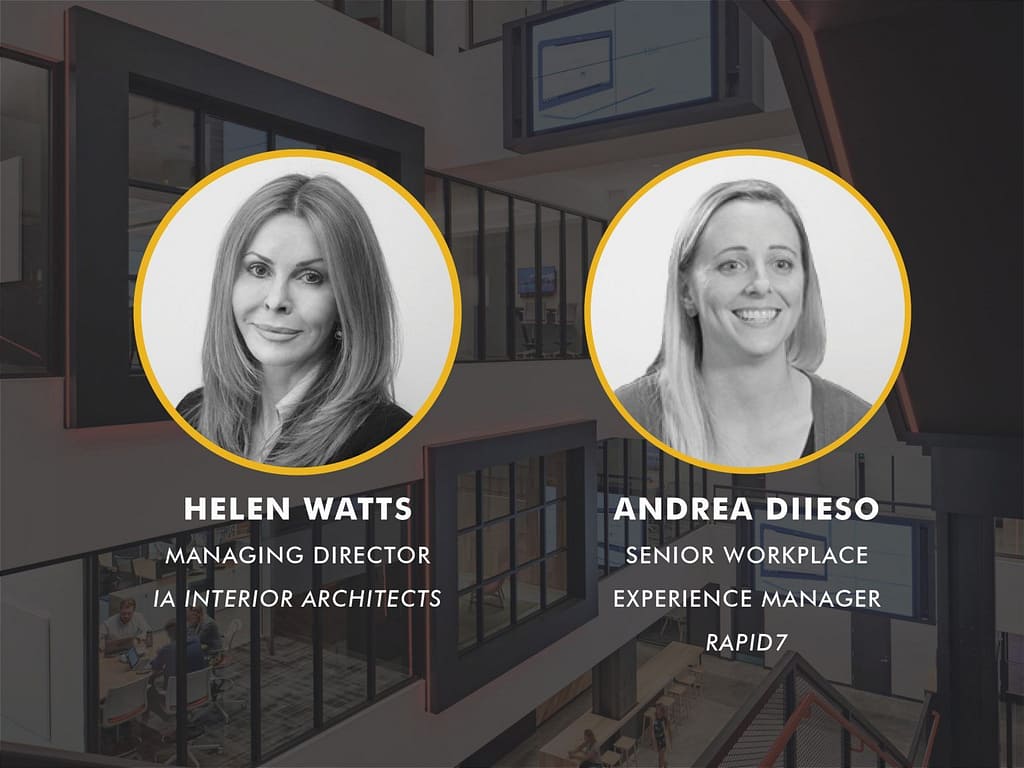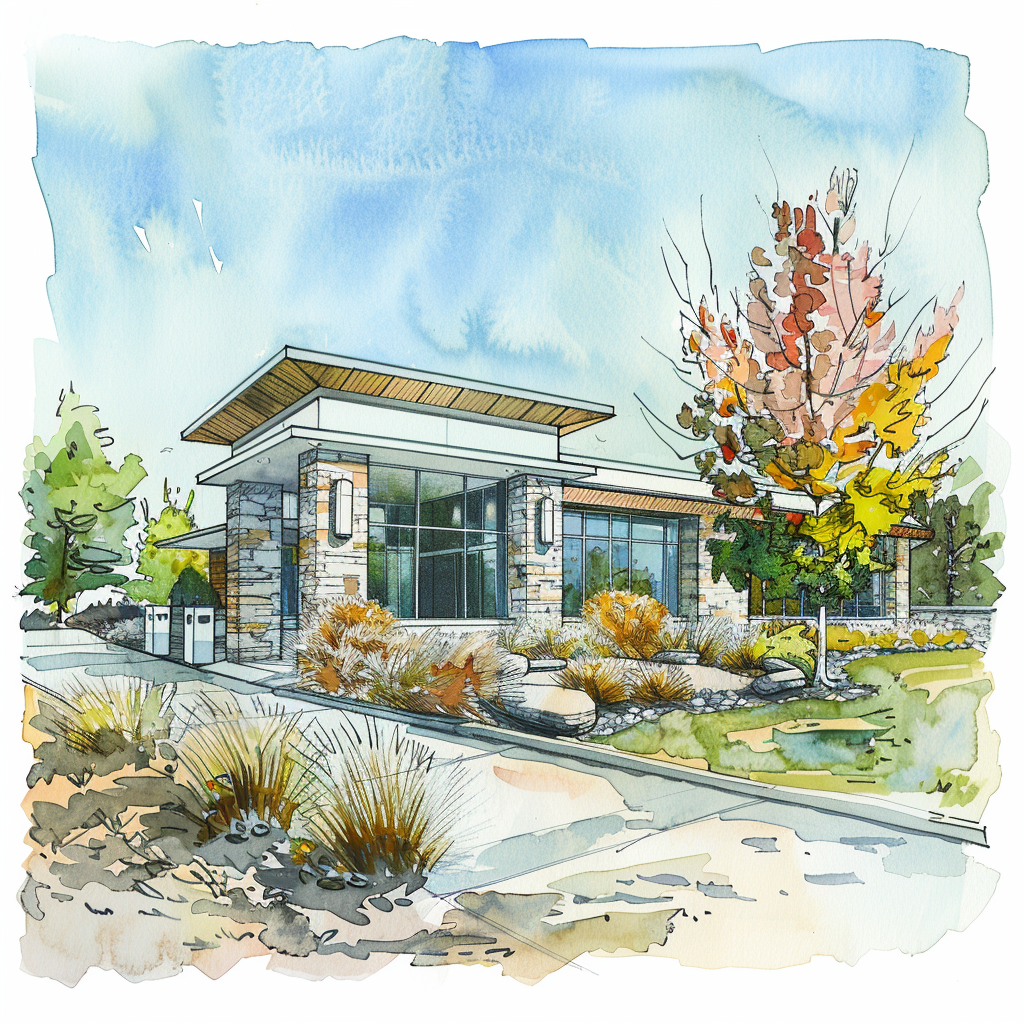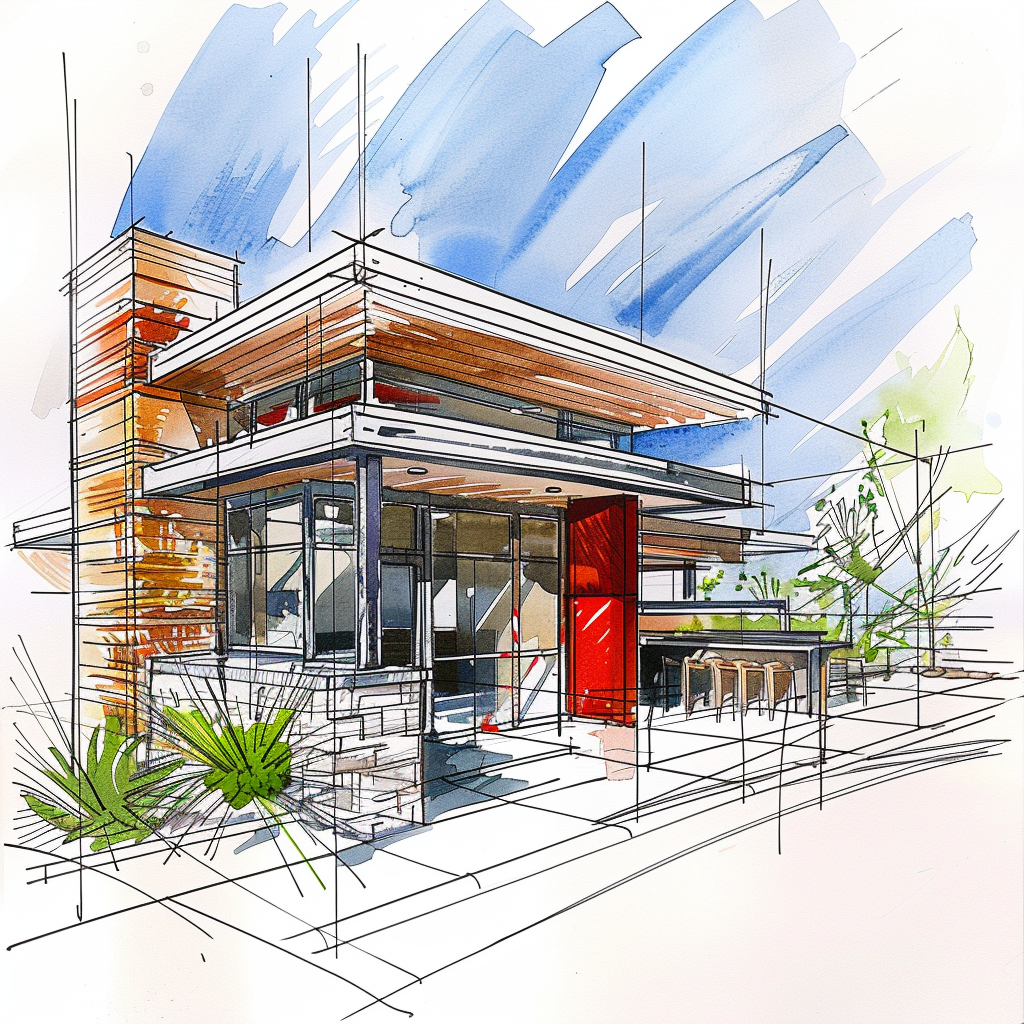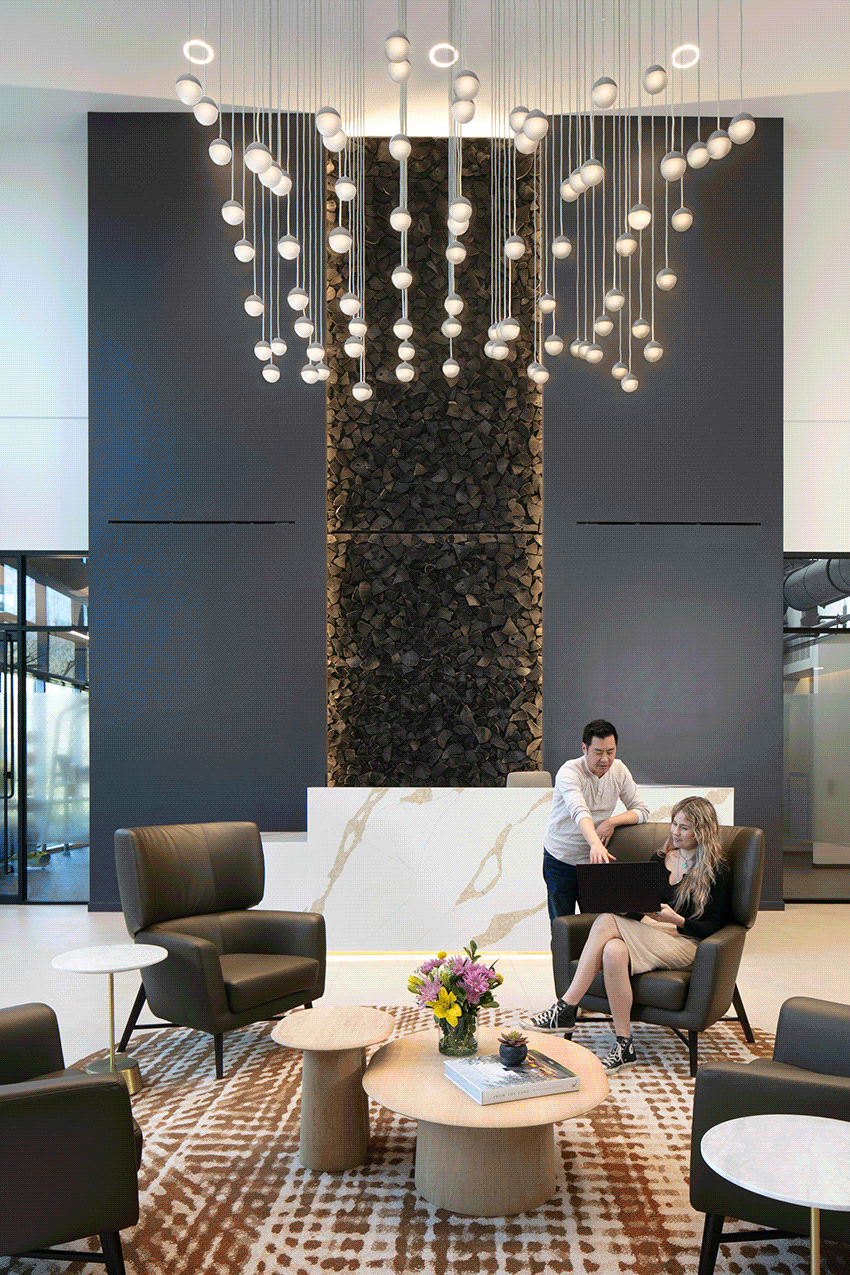Helen Watts | Managing Principal, Los Angeles
&
Mary Lee Duff, LEED AP, IIDA | Director of Ecos Studio
As a business concept, valuating an organization’s culture is not new, but the recent pivot to a remote work paradigm has raised questions around the relevance and optimization of corporate cultures. Although a 2020 survey of IA’s global clients confirms the importance of the workplace as the center of an organization’s cultural, social, and collaborative experiences, most companies going forward anticipate a hybrid culture that works both in the office and from home. What does this mean for developing and nurturing the workplace community? As industry leaders, we know that when design and communication strategies draw on neuroscience and an understanding of the characteristics of high-performance organizations, a stronger more productive culture, whether hybrid or focused exclusively on a workplace environment, will result. But what are some of the steps an organization must take to make that happen and are they applicable to hybrid cultures?
First, looking at communication, it’s important to note a basic scientific truth: as social animals we depend on physical gestures, voice intonations, and facial cues to communicate effectively. Ninety percent of those working at home, according to our survey, miss face-to-face communication the most. Dr. Patricia Kuhl, a co-director at the University of Washington’s Institute of Learning and Brain Sciences, says that when we talk to someone, genuine psychological contact depends on infinitesimal cues that the human brain picks up. Video conferencing is effective but does not reveal all the nuances of body language messaging needed for optimum communication. To offset that in today’s environment, making primary cues as explicit as possible during video conferencing—e.g., showing interest, enthusiasm, involvement, and addressing the camera—will make a difference.
Second, from a collective perspective, what are the basic techniques that create and maintain an optimum culture? What is an optimum culture? From multiple studies and research, we know that performance-oriented cultures with high employee involvement produce the best results. But to achieve superior outcomes affecting retention, employee engagement, internal communication, healthy risk-taking to spur innovation, and statistically better financial growth such cultures require an organization that drives and maintains specific behaviors. What are these behaviors and why are they so effective?
To that end, the work of Paul J. Zack, based on science and a measure of commonsense, which we explored in a webinar, bears revisiting. Zak—Professor of Economic Sciences, Psychology, and Management at Claremont Graduate School—maintains that high performance organizations are defined by high interpersonal trust; a culture of trust generates a powerful leverage on organizational performance. Zak makes a business case for nurturing a culture of trust as an imperative for success, backed by research and multiple data strands that demonstrate employees in high-trust organizations are significantly more energetic at work, more productive, stay with employers longer, and are substantively more innovative.
His reasoning revolves around the chemical Oxytocin (OXT), which the brain releases when we are trusted by others. The more we are trusted, the more OXT is released, which begets trustworthiness and social bonding. Trust me and my brain releases OXT, signaling you are a person I want to be around and will trust in return. OXT makes us feel good to be part of an organization and inspires an attitude of let’s work together to get this done.
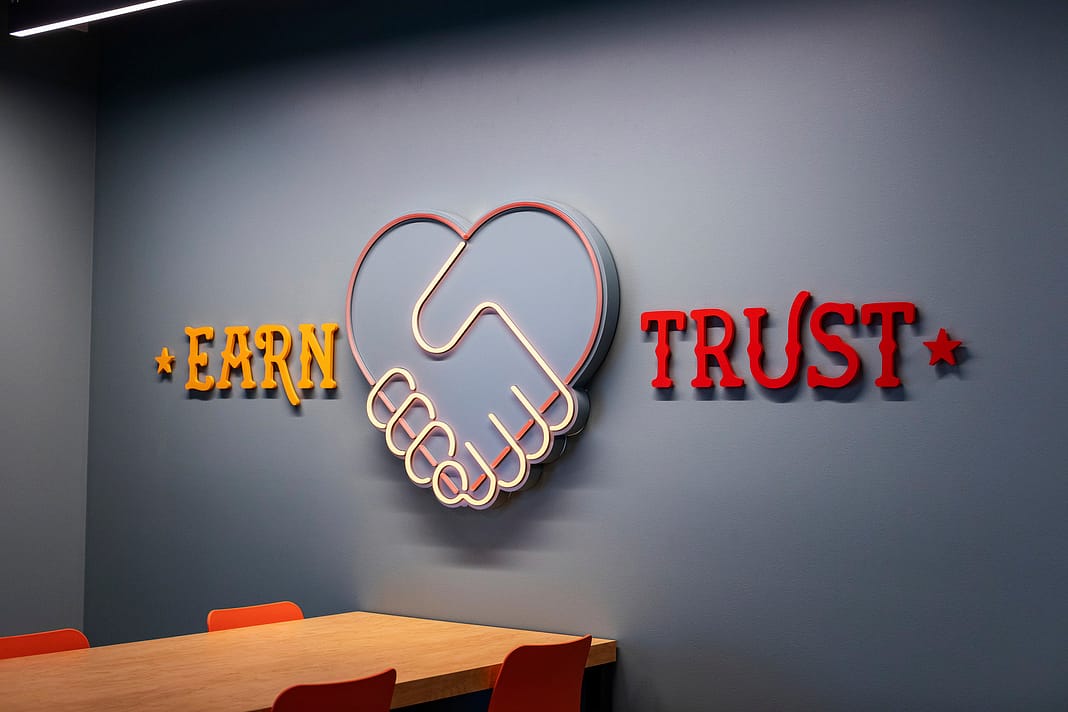
In the work environment signage and environmental graphic features can inspire and bolster an atmosphere of trust. Confidential Client. Photography © Alex Grummer.
The challenge is to create a culture where OXT is released many times during the day through employee interaction. How do you intentionally design a culture to make that happen? Zak has an answer grounded in neuromangement, and he proposes eight key components for creating and sustaining high interpersonal trust for organizational cultures. In a pre-pandemic work environment, many of the interactions characteristic of these eight components were spontaneous. But now, lacking physical proximity, the intention to nurture and strengthen them is more important than ever and requires a sequential approach. We take a look at the first four.
OVATION
This is public or private praise. What’s important is that the praise occurs no longer than a week after a praise-worthy challenge is met. Such praise is always unique and related to the particular challenge met. Repetitious awards, e.g., employee of the month, have little impact in this regard because they are usually based on overall performance and the idea that eventually everyone will enjoy the honor. An ovation moment of praise can occur just as easily remotely through video conferencing as it can in person, although we know a high five or a pat on the back, because touch is involved, will always elicit more OXT. Performance achievement and praise need to be part of daily and weekly feedback, not just reserved for annual reviews.
Expectation
This applies to colleagues facing a challenge as a team. Managers must nurture the team’s expectations leading to small wins and then celebrate those wins. To harness the power of expectation, challenges have to be surmountable and enjoyable, which sets up pathways in the brain that produce aspiration for the next win. This positive reinforcement is a trust builder that can occur onsite or remotely as an effective strategy for encouraging a high performance culture. As with ovation, feedback generated by wins and celebrations should happen in a timely manner. This too sets up pathways in the brain for aspiring to the next win—think endorphins released after a run.
The size of the team matters. Individual performance levels drop off when teams are larger than six to twelve. At successful technology companies the average team size is anywhere from five to 10 people that function like an autonomous start-up with a specific mission and focus. Challenges can be independent of team location as long as the group is communicating and working closely together.

Since individual performance levels drop off when teams are larger than six to twelve, a variety of venues from alcoves to nooks to small conference rooms are features of a thoughtfully designed workplace. DraftKings Headquarters, Boston. Photography © Robert Benson.
YIELD
To enable empowerment and team autonomy, leaders must delegate generously. Micromanagement removes the opportunity for colleagues to own a project and choose how it will be done. The team must be allowed to fully commit to expectations and take responsibility of project execution and outcomes. To stimulate innovation, expectations should be difficult but achievable. This is where a working from home scenario takes on special significance; it forces managers to make a leap of faith and look for outcomes rather than micromanage.
Yield permits variation in how goals are met. Colleagues can try new ideas and learn from others. The fail fast and fail often aspect of the ovation phase will have spawned the realization that it is okay to take a risk. Learning through mistakes encodes deviations from the norm in the brain as pleasurable and enhancing, directly impacting the motivation to innovate. High-trust cultures permit core business processes to be challenged even if they have worked well in the past or are a legacy.
TRANSFER
This component is about job crafting and permitting employees to self-manage and own their job, with the freedom to choose how, when, and where they do their best work. The hybrid model of working at the office or from home fits in well here. As an essential component of psychological well-being, the desire for autonomy pre-dates the pandemic.

A variety of venues at work encourage self-management by empowering employees to choose the space type that best fits their work style, preference, and task. H-E-B/Favor Delivery, Austin. Photography © Peter Molick.
The three components that precede transfer must be in place before self-management is effective: Ovations must celebrate wins, while clearly identifying the causes of mistakes; expectations must be set and supported; and supervisors must yield control of project execution to others.
Transfer does not mean working alone—when empowered by transfer, people have to create or join teams and must be clear about the value they bring to each other. Social connection is built because colleagues who self-manage have to be flexible as they rapidly move between teams.
A flexible culture is a good indicator of a high transfer organization. And flexibility is prized—many millennials rank flexibility above compensation.
Conclusion
Once these first four components are in place an organization can move on to the next four which may seem harder but will elevate a culture of trust and performance. Curious? We will explore the last four in part two of this post.
